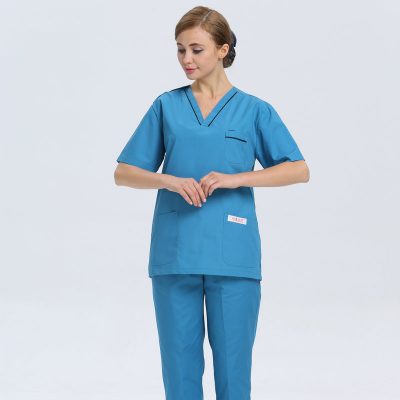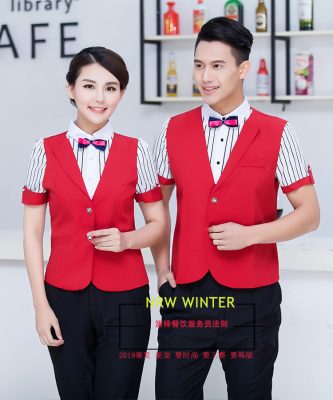Empowerment through attire is a concept that centers on how clothing and uniforms can impact an individual’s self-perception, confidence, and overall sense of empowerment. When employees feel comfortable and confident in their attire, it can positively influence their performance, interactions, and overall job satisfaction. Here’s how attire can boost employee confidence and contribute to empowerment:
- Professional Identity: Wearing attire that aligns with the job role and organization’s values can help employees feel a stronger sense of professional identity. This alignment can create a sense of belonging and purpose, leading to increased confidence in their role within the organization.
- Enhanced Image: Well-designed uniforms or dress codes can enhance the overall image of employees. When individuals feel that their appearance is polished and appropriate for their role, they are more likely to exude confidence in interactions with colleagues, clients, and customers.
- Sense of Equality: When employees wear uniforms that create a level playing field, it reduces concerns about personal fashion choices or social comparisons. This sense of equality can empower individuals by allowing them to focus on their skills and contributions rather than appearance.
- Recognition and Respect: Employees who wear attire that distinguishes them as part of a team or profession often receive recognition and respect from others. This acknowledgment can boost their self-esteem and confidence, fostering a positive work environment.
- Clear Expectations: Uniforms or specific dress codes set clear expectations for attire, reducing uncertainty about what is appropriate. This clarity can ease employees’ worries about their appearance and enable them to focus more on their tasks.
- Psychological Impact: Certain attire can trigger psychological associations that enhance confidence. For example, wearing attire linked to success or competence, such as a uniform associated with high responsibility roles, can create a mindset of empowerment.
- Functional Comfort: Attire that is comfortable and functional for the tasks at hand can allow employees to move freely and perform their duties without hindrance. This physical comfort contributes to overall well-being and confidence.
- Positive Feedback Loop: When employees receive compliments or positive feedback about their attire, it reinforces their confidence and encourages them to continue presenting themselves well.
- External Perception: Employee confidence can be influenced by how they believe they are perceived by others. If they believe that their attire contributes to a positive perception, it can boost their self-assuredness.
- Personal Expression: While uniforms provide a consistent image, some organizations allow a degree of personalization. Allowing employees to add their own touches to their attire can foster a sense of ownership and empowerment.
- Overall Job Satisfaction: Feeling confident in one’s appearance can translate to increased job satisfaction. Employees who feel good about themselves are more likely to be engaged and motivated in their work.
It’s important for organizations to consider the needs and preferences of their employees when designing attire policies or uniforms. A well-thought-out approach that prioritizes both functionality and individual empowerment can lead to a positive impact on employee confidence, morale, and performance.

































